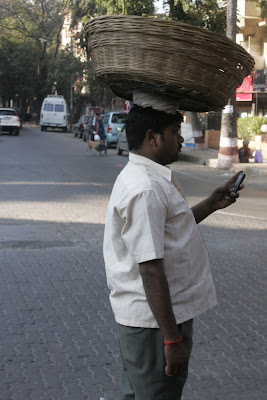So, I also started reading, "Easy Riders, Raging Bulls," by Peter Biskind.
In the second chapter, titled "Before the Revolution," he tackles the making of Bonnie and Clyde. Enter Robert Towne.
Towne would go on to write that unbelievable and near perfect script: Chinatown. But, on Bonnie and Clyde (on which he is uncredited, I believe), he had the following to say.
When I was a kid, I noticed four things about movies: the characters could always find parking spaces at every hour of the day and night, they never got change in restaurants, and husbands and wives never slept in the same bed. Women went to sleep with their makeup on and woke with it unmussed. I thought to myself, I'm never going to do that. In Bonnie and Clyde -- although, I don't think it was my doing -- Bonnie counts out every penny of change, and C.W. gets stuck in a parking place and has a hard time making a getaway."
And that, my friends, is the quote from my reading this week. I am sure... sure... more from this book will follow.
(Quote c/o "Easy Riders Raging Bulls" by Peter Biskind and Photo c/o artvehicle and this link).
In the second chapter, titled "Before the Revolution," he tackles the making of Bonnie and Clyde. Enter Robert Towne.
Towne would go on to write that unbelievable and near perfect script: Chinatown. But, on Bonnie and Clyde (on which he is uncredited, I believe), he had the following to say.
When I was a kid, I noticed four things about movies: the characters could always find parking spaces at every hour of the day and night, they never got change in restaurants, and husbands and wives never slept in the same bed. Women went to sleep with their makeup on and woke with it unmussed. I thought to myself, I'm never going to do that. In Bonnie and Clyde -- although, I don't think it was my doing -- Bonnie counts out every penny of change, and C.W. gets stuck in a parking place and has a hard time making a getaway."
And that, my friends, is the quote from my reading this week. I am sure... sure... more from this book will follow.
(Quote c/o "Easy Riders Raging Bulls" by Peter Biskind and Photo c/o artvehicle and this link).






























